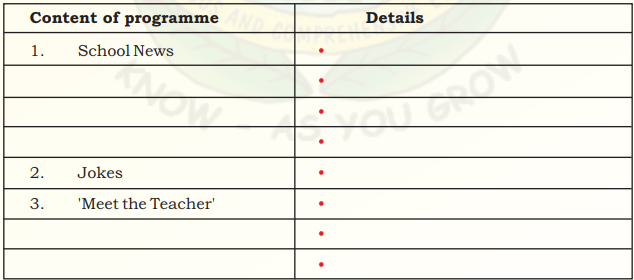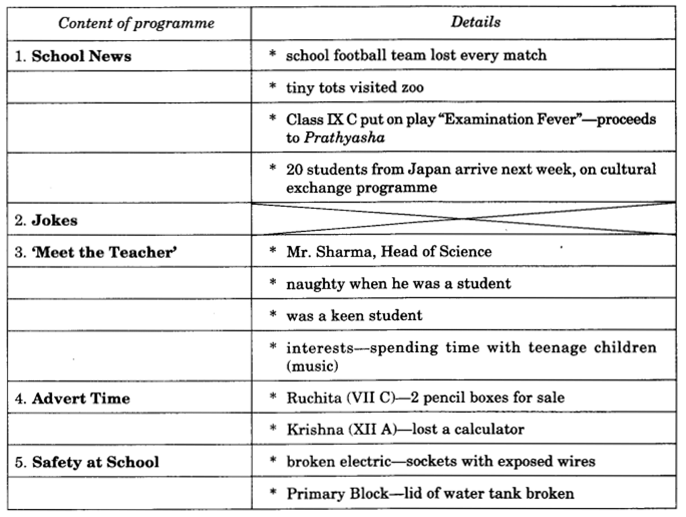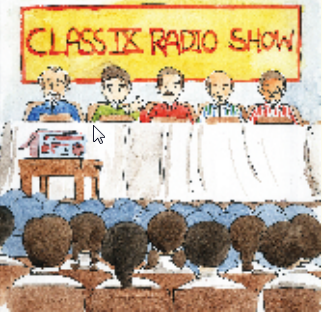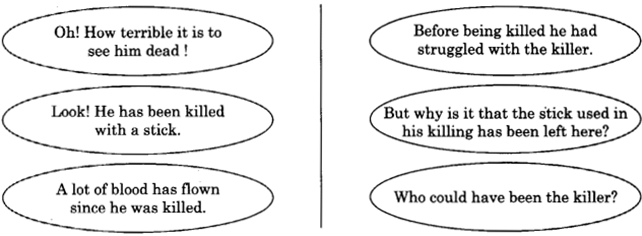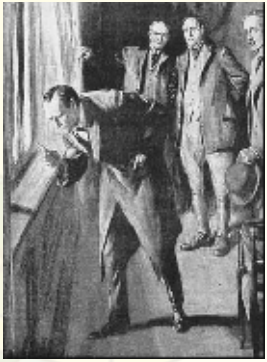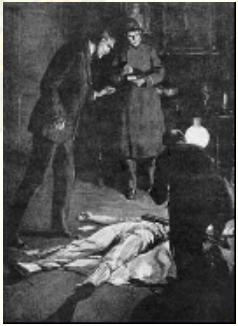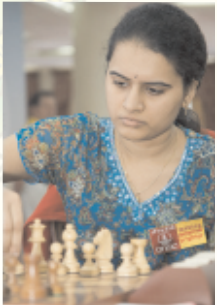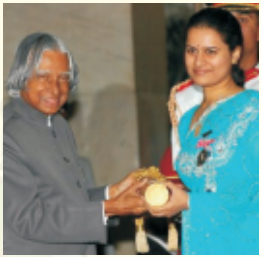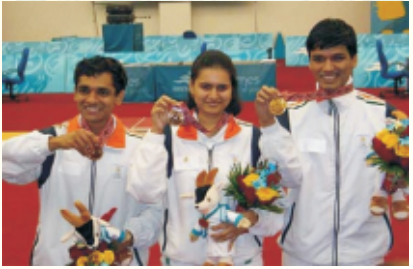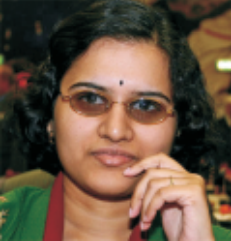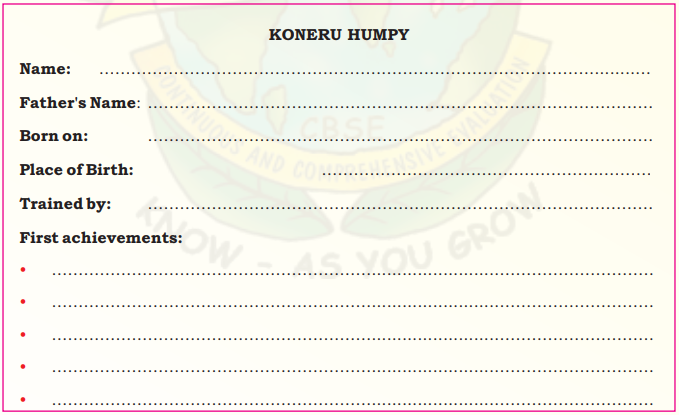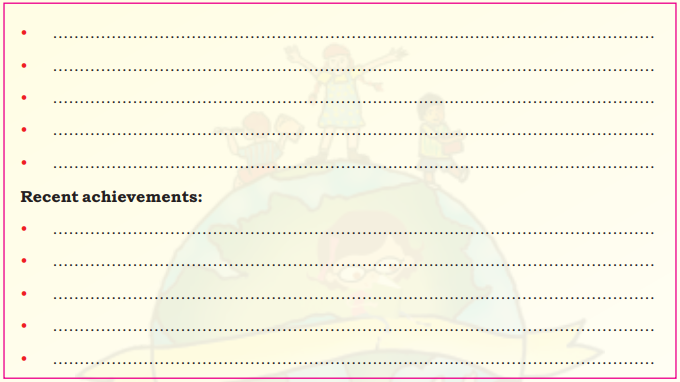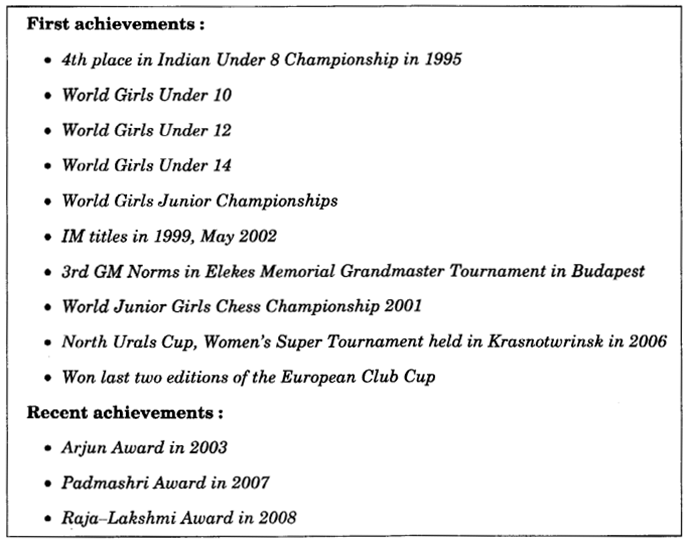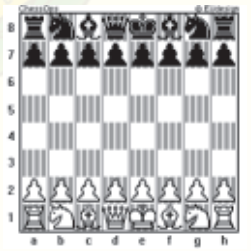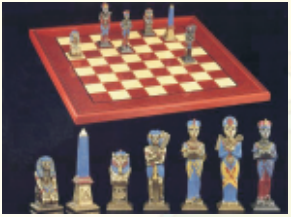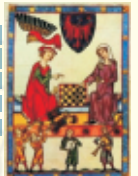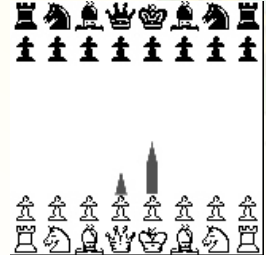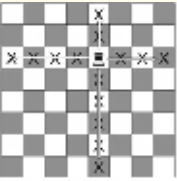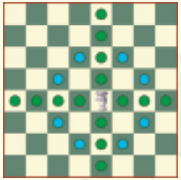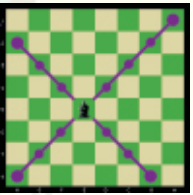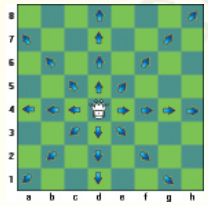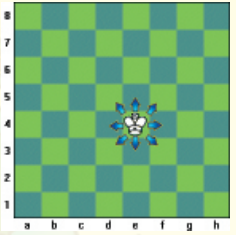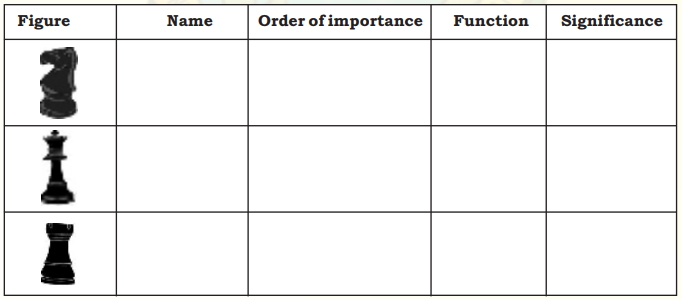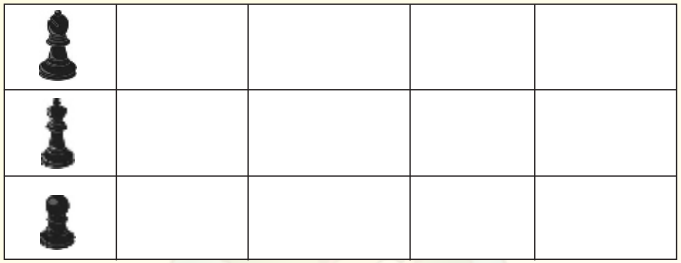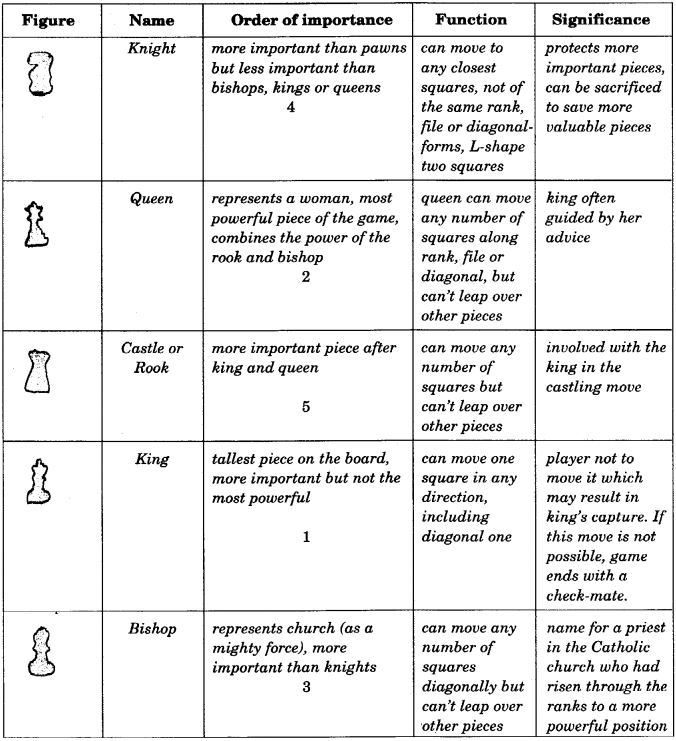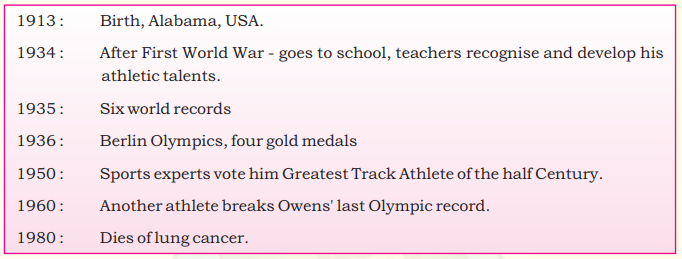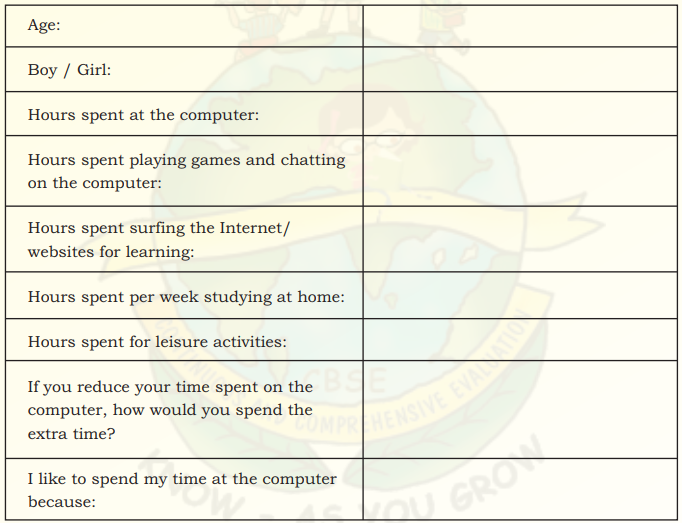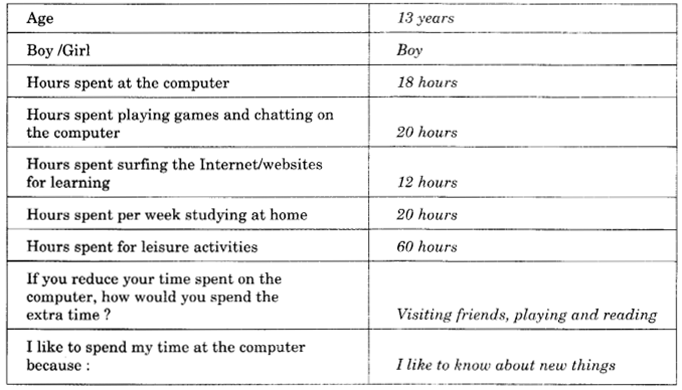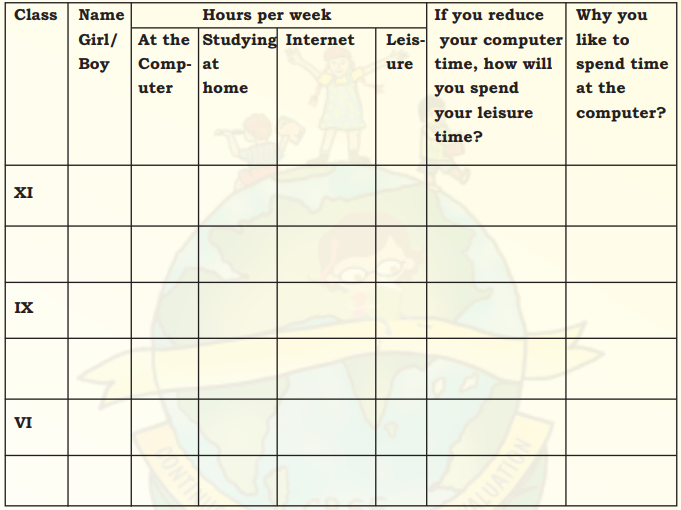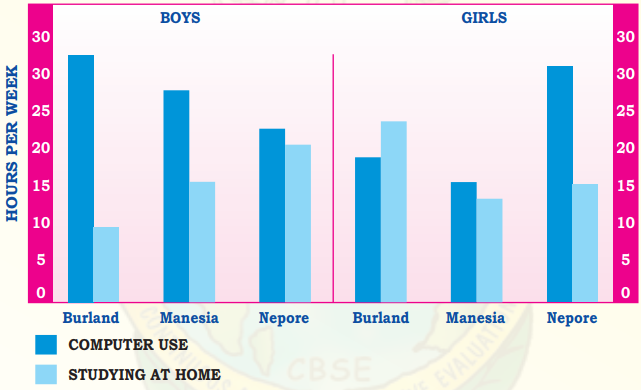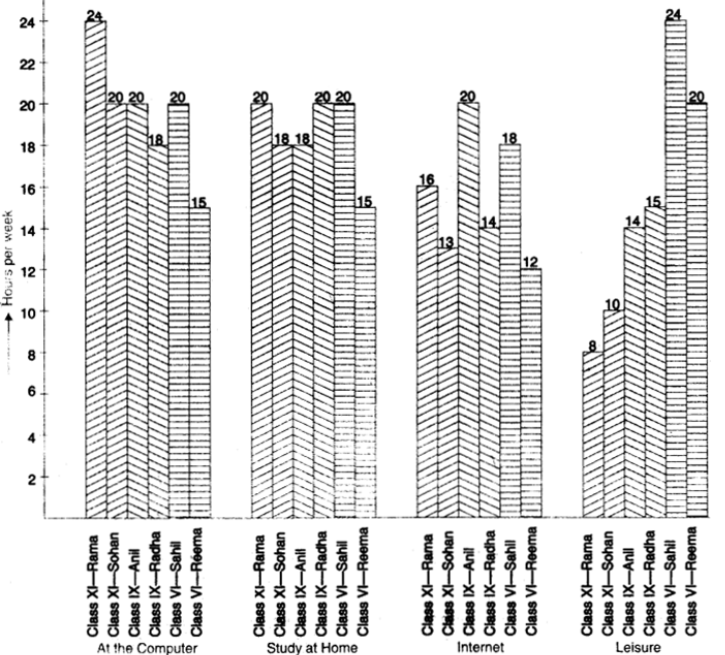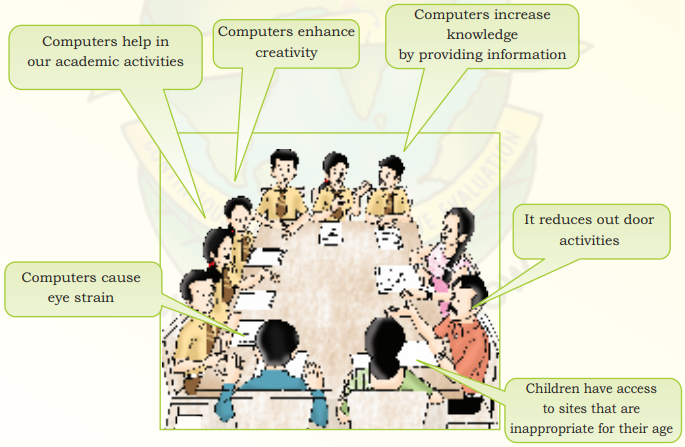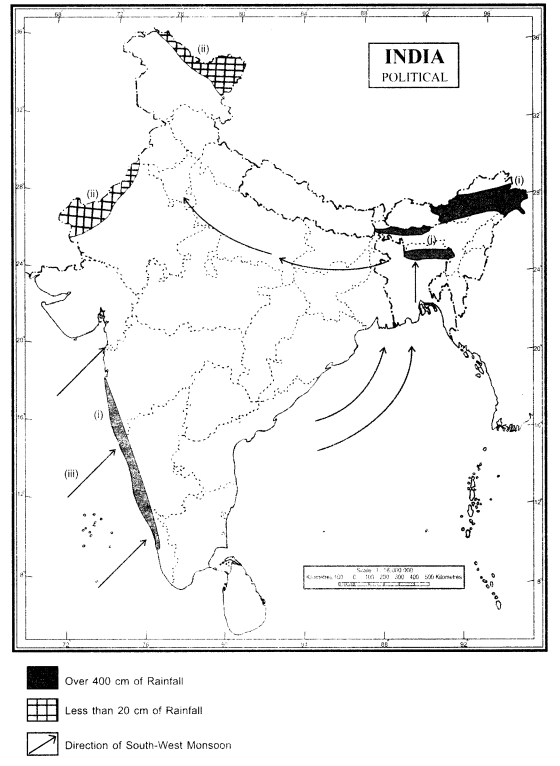NCERT Solutions for Class 9 Social Science Economics Chapter 2 People as Resource
These Solutions are part of NCERT Solutions for Class 9 Social Science. Here we have given NCERT Solutions for Class 9 Social Science Economics Chapter 2 People as Resource.
NCERT QUESTIONS
Exercises
Question 1.
What do you understand by ‘people as a resource’?
Answer:
People as a resource is a way of referring to a country’s working people in terms of their existing productive skills and abilities.
Question 2.
How is human resource different from other resources like land and physical capital?
Answer:
Human capital is in one-way superior to other resources like land and physical capital: human resource can make use of land and physical capital. Land and physical capital cannot become useful on its own.
Question 3.
What is the role of education in human capital formation?
Answer:
The role of education in human capital formation is as follows:
- Educated people earn more than the uneducated people.
- Literate population is an asset to an economy.
- It leads to higher productivity.
- It opens new avenues for a person.
- It provides new aspirations and develops values of life.
- It contributes to the growth of society.
- It enhances the national income, cultural richness and the efficiency of the governance.
Question 4.
What is the role of health in human capital formation?
Answer:
The health of a person helps him to realise his potential and the ability to fight illness. An unhealthy person becomes a liability for an organisation. Health is an indispensable basis for realising one’s well being. Henceforth, improvement in the health status of the population has been the priority of the country. Our national policy, too, aimed at improving the accessibility of healthcare, family welfare, and nutritional service with a special focus on the underprivileged segment of the population.
Question 5.
What part does health play in the individual’s working life?
Answer:
Health plays a vital role in an individual’s working life since no firm would be induced to employ people who might not work efficiently as healthy workers because of ill health and not only that, people who are physically or mentally ill cannot work.
Question 6.
What are the various activities undertaken in the primary sector, secondary sector and tertiary sector?
Answer:
The various activities undertaken in these sectors are:
- Primary sector: Agriculture, forestry, animal husbandry, fishing, poultry farming, and mining.
- Secondary sector: Manufacturing and construction.
- Tertiary sector: Trade, transport, communication, banking, education, health, tourism services insurance, etc.
Question 7.
What is the difference between economic activities and non-economic activities?
Answer:
|
Basis |
Economic Activities |
Non-economic Activities |
|
(a) Meaning |
It refers to a human activity related to production and consumption of goods and services for economic gain. | It is an activity performed gladly, with the aim of providing services to others without any regard to monetary gain. |
|
(b) Objective |
These activities add value to the national income. | These activities do not add any value to the national income, as these are only for selfconsumption. |
|
(c) Measurement |
These are measured in monetary terms. | These are not measured in monetary terms. |
Question 8.
Why are women employed in low paid work?
Answer:
Education and skill are the two determinants of the earning of any individual in the market. The women work in places where there is no job security. The various activities relating to legal protection are meagre. The majority of women has less education and low skill formation. All these factors lead to their irregular and low income. So, they are paid less as compared to men.
Question 9.
How will you explain the term unemployment?
Answer:
The term unemployment means a situation where a section of the people, who are able and willing to work, do not find any gainful work to do.
Question 10.
What is the difference between disguised unemployment and seasonal unemployment?
Answer:
Disguised UnEmployment Seasonal UnEmployment In case of disguised unemployment people appear to be employed. Seasonal unemployment happens when people are not able to find jobs during some months of the year. They have an agricultural plot where they find work. This usually happens among family members engaged in agricultural activity. People dependent upon agriculture usually face such kind of problem. The work requires the service of five people but engages eight people.
There are certain busy seasons when sowing, harvesting, weeding, threshing is done. Three people are extra. These three people also work in the same plot as five people.The contribution made by the three extra people does not add to the contribution made by the five people.If three people are removed the productivity of the field will not decline.The field requires the service of five people and the three extra people are disguisedly employed. Certain months do not provide much work to the people dependant on agriculture.
Question 11.
Why is educated unemployed a peculiar problem in India?
Answer:
Educated unemployed is a peculiar problem of India because they are not able to find jobs for themselves. This is a situation where the unemployment of graduates and post-graduates has increased faster than among the matriculates. A paradoxical situation is witnessed as there is surplus manpower in certain categories with a shortage of manpower in others. There is unemployment among technically qualified persons on one hand, while there are categories of technical skills required for economic growth. Thus, it is a peculiar problem in India.
Question 12.
In which field, do you think, India can build maximum employment opportunities?
Answer:
There is no further scope in the primary sector because there is already disguised unemployment. In the secondary sector, small scale manufacturing is the most labour absorbing sector. In the case of the tertiary sector, various new services like biotechnology and information technology are coming up and there is scope for further employment opportunities.
Question 13.
Can you suggest some measures in the education system to mitigate the problem of educated unemployed?
Answer:
Sriperambathur, Nanganneri, Koodangulam, etc. are some of the villages which did not have job opportunities earlier but later came up.
Question 14.
Can you imagine some village which initially had no job opportunities but later came up with many?
Answer:
Rampur was the village which initially depended on agriculture and on rainfall. Then, when electricity was provided, the people started using electricity to irrigate their fields and grow 2 to 3 crops in a year to get more work.
Some started small scale industries based on the use of electricity and provide employment to people. A school was established so that the people became educated and started getting employment in and outside the village. The village became prosperous and soon had better health, education, transport, and job facilities.
Question 15.
Which capital would you consider the best—land, labour, physical capital, and human capital? Why?
Answer:
Human capital is the best capital because it can make use of land, labour, and physical capital. The other factors cannot become useful on their own. The knowledge expertise in a human enables him to develop the land, labour, and physical capital to produce an output for his own use or to sell in the market.
Hope given NCERT Solutions for Class 9 Social Science Economics Chapter 2 are helpful to complete your homework.
If you have any doubts, please comment below. Learn Insta try to provide online tutoring for you.
